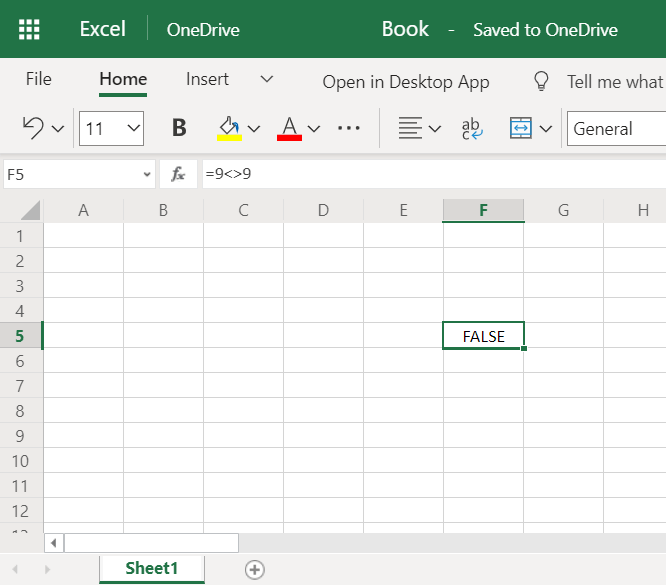

The following are valid uses of the less than sign: It indicates a strict inequality between two values specifically, the value on the left of the less than sign is smaller than the value on the right. The less than sign is the counterpart to the greater than sign.

This is the only difference between ">" and "≥". This is because ≥ does not denote a strict inequality. GivenĪ can equal b, unlike the greater than sign. This can also be read as the value on the left hand side is at least equal to the value on the right. The greater than or equal to sign is a symbol that indicates that the value on the left hand side of the symbol is either greater than, or equal to the value on the right. In cases where a can also equal 4, we would use the greater than or equal to sign instead. Thus, if b were 4, a could be any value above 4, but not 4. The following are valid uses of the greater than sign:Ī must be greater than b. Greater than is a strict inequality, meaning that the value on the left of the sign must be greater than the value on the right they cannot be equal. The greater than sign is a symbol that indicates a strict inequality between two values specifically, that the value to the left of the greater than sign is larger than the value on the right. There are other, more specific inequality relations, like those below. While the above use of ≠ is true for all the cases, it doesn't tell us much other than that the expressions on either side of the symbol are not equal. The not equal to sign, also referred to as the does not equal sign, is a symbol that indicates the inequality of the values or expressions on either side of the symbol. In cases where the values are not equal, we can use a number of different inequality symbols, such as the not equal to sign. Equality (as well as inequality) is a basis for solving algebraic equations and inequalities.Īll of the above equations are true. Expressions on either side of an equals sign either have the same value, or have the same value for certain values.

The equals sign, symbolized as "=" indicates equality. Although an equals sign is not technically an inequality symbol, it is discussed together with inequality symbols since it is included as part of non-strict inequalities such as greater than or equal to (≥) and less than or equal to (≤). Strict inequalities include less than () symbols, described below. Together with other mathematical symbols such as the equals sign (=), which indicates an equality relation, they are sometimes referred to as relation symbols. Inequality symbols are symbols that are used to indicate inequality relations. Home / algebra / inequality / inequality symbols Inequality symbols


 0 kommentar(er)
0 kommentar(er)
